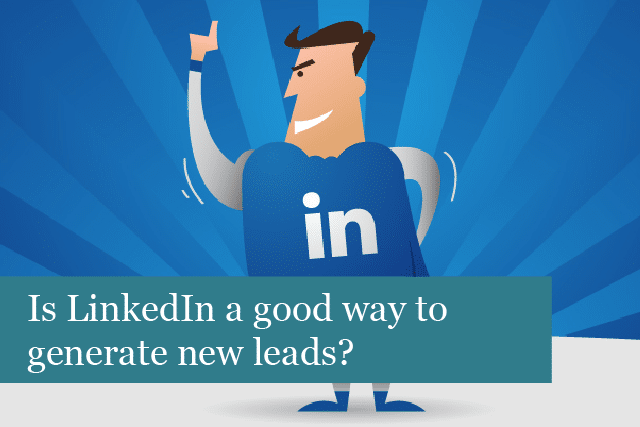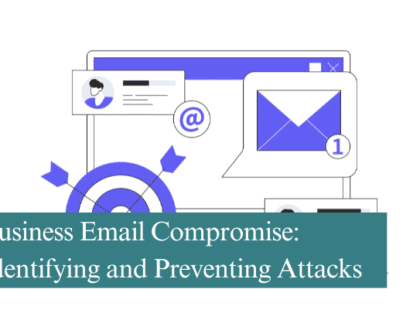
You may have already attempted and succeeded to market your business via the main social platforms like Facebook or Instagram. LinkedIn however typically gets less attention.
Due to several misunderstandings, LinkedIn can actually prove to be far more effective in generating new leads for your business than you may have initially thought. It’s tempting to stick with the most popular networks due to these three misconceptions:
Number 1 – People assume LinkedIn has no regular users and that people only visit it to occasionally update their CVs. This isn’t actual true as LinkedIn boasts over 500 million active users and it is home to more than 9 million business pages.
Number 2 – Many business owners assume that LinkedIn is too small and that Facebook and Twitter provide better opportunities by “fishing in a big pond”. Although both of these have more active users, LinkedIn still has a considerable business community and provides better ways to search for and find your target audience. Even more, LinkedIn has users that can’t be found on the other networks – 13% of LinkedIn users are not on Facebook and 60% don’t user Twitter.
Number 3 – The final misconception is that you can only connect with people you personally know meaning LinkedIn isn’t great for new leads. Again, this one is false as you can find and connect with every person on the platform from around the world.
So now that we know that LinkedIn could be a great way of marketing yourself, what can you do to generate more leads on LinkedIn?
Step 1: Optimise your profile
It might sound obvious but the first thing to look at is your profile. This involves filling it out in it’s entirety and ensuring that your profile is tailored for searches.
LinkedIn offers the ability to add ALOT of information via your page so it is worth investigating all of the opportunities for you to populate. LinkedIn does give preferential treatment to comprehensive profiles so this is a quick win. In fact, research has shown that users who fill their profile completely are forty times more likely to receive incoming enquiries because of this one action alone.
In terms of tailoring your profile to appear in search results (both Google and LinkedIn), you’ll need to have a think about the kind of searches you want to appear in. If you are a bookkeeping for instance, you’ll want to ensure you mention this in your profile. If you are a bookkeeper covering a certain area then that’s even better – ‘bookkeeping in York’ is a far more targeted search. These really specific keywords are great for yielding good, local enquiries. As a rule, you should mention all of the services you provide, your location and anything else that’s relevant. Just make sure you don’t go overboard – nobody (including search engines) likes content that has been written for robots rather than humans.
Step 2: Engage with people
Engagement is the core of any social media platform and LinkedIn isn’t any different. You’ll want to encourage all of your existing contacts to connect with you on the platform and then you’ll be able to find opportunities to generate leads through their networks.
You’ll also want to conduct some searches within LinkedIn to discover potential prospects and invite them into your network. You can join different groups related to your niche and industry and participate in these. Posting relevant content, insightful questions and advice will allow you to incrementally grow your audience as well as identify new opportunities.
Posting content on these topics will not only spread awareness but also build trust and credibility with your audience – both essential steps for lead generation.
Across the long term it is a good idea to create a schedule and adhere to it. Posting consistent and relevant content for your target audience instills a sense of reliability. Make sure that your content is helpful, engaging and on topic for your target audience, there’s no point posting about subjects that won’t chime with the people your looking to generate leads from.
Step 3: Approaching your prospects
The most important step of generating leads on LinkedIn is the one most people get wrong. Your profile and content is really important for building your audience and getting your clients to come to you, but you will also want to reach out to new prospects that won’t have heard of you. This isn’t about copying and pasting a promotional paragraph about your business (no one likes that) and more about crafting personal messages that people will actually respond to.
Once you’ve done some research and identified who your potential clients are, you should follow some best practises when approaching them for the first time:
Keep it personal – Don’t get straight to the sales pitch by listing your services. Write your message from the perspective of the recipient – Why is it relevant for them and how can you or your services help them?
Be personable – Don’t come off as too aggressive or salesy. This is a sure way to get your message deleted instantly. Keep the tone friendly and interesting and make sure you target the content to your target audience.
Keep it short – Keep your message as short as possible, even if this is a challenge whilst following the other best practises. A long message is off putting and probably won’t be read, whereas if you keep the content to a few sentences it’s likely you’ll receive greater engagement.
Use a link – Every piece of marketing needs a call to action and most of the time this will be a link to a service or landing page on your website where the recipient can learn more. Make sure you include a clear call to action and include a link where a potential client can take a desired action.
Give them what they want – Always keep your target audience in mind when crafting any piece of marketing content, your LinkedIn messages included. Remember that most people are concerned with themselves and you therefore need to ensure you are communicated that value to them.
Final thoughts
LinkedIn can be a valuable tool in your marketing arsenal but only if done correctly. In the end, LinkedIn users are interested in building legitimate business relationships so as long as you stay away from sales jargon and shallow pitches you can’t go wrong. If you have any questions about this post, get in touch!
Recommended Posts

Is There a Difference Between Managed IT and IT Support?
13th June 2025


